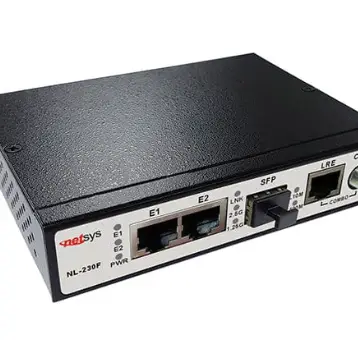
According to a global workplace analytics report, 80% to 90% of all employees would wish to work remotely, at least for some time. The scenario has become a reality in the wake of the COVID-19 pandemic. This turn of events caught managers and business owners unprepared, with many having little or no experience managing remote employees. Professional coaches recommend following these steps to embrace managing your remote workers.
- Set clear expectations
Your employees might have a different view of what doing something quickly or well is. You have to set clear team expectations from the first day. This might include sharing work examples, communicating, or sharing calendars. Remote workers will serve you best if you are on the same page.
- Have the right IT infrastructure in place
It is easier to manage and monitor an on-site workforce than a remote one. However, with cloud-based technologies, it is easy to communicate, monitor, and manage remote employees and help them to remain productive. Cloud technologies make IT services such as storage for databases and files, software applications, networking infrastructure, and data analytics accessible across the internet. This Office 365 Migration Guide will help you get the most out of your remote team by utilizing cloud-based technologies.
- Be accessible to remote and local employees
Remote employees require equal access to you as much as possible. Be quick to respond to their emails and messages and check on them regularly.
- Trust your team
Many companies are unwilling to embrace remote employees due to uncertainty associated with their contract nature. Will the work be completed on time? Will they be professional? These are some questions that cast doubt in employers’ hearts. However, you can set up work from home guidelines to ensure everyone is doing things the right way. For instance, you might say all emails have to be replied to within 12 hours. Such guidelines keep all your employees in check and are equivalent to a manager’s eye at the office.
- Involve them in decision-making
Most companies relegate their remote employees to a secondary consideration. They are not involved in significant decisions and are only essential on an as-needed basis. Keeping your remote employees in the loop and engaging them in making crucial company decisions make them feel like a part of the team.
- Emphasize clear communication
Managers must keep their remote staff appraised on deadlines, the company’s progress, available resources, and work-related challenges. Select appropriate communication channels that suit your company’s culture. This could be emails, phone calls, Zoom, or Skype. Communication frequency might differ between employees depending on the department they fall under, but it should be consistent. You can request employees to give you suggestions on how they want to manage their work and build on it to match their expectations.
Endnote
As the world deals with the aftermath of a global pandemic, working remotely might be the best option for many employees and business owners in the future.







![10 Top Game Sites Not Blocked By School [2024 Updated]](https://thefutureofthings.com/wp-content/uploads/2024/10/image-25-358x358.png)


